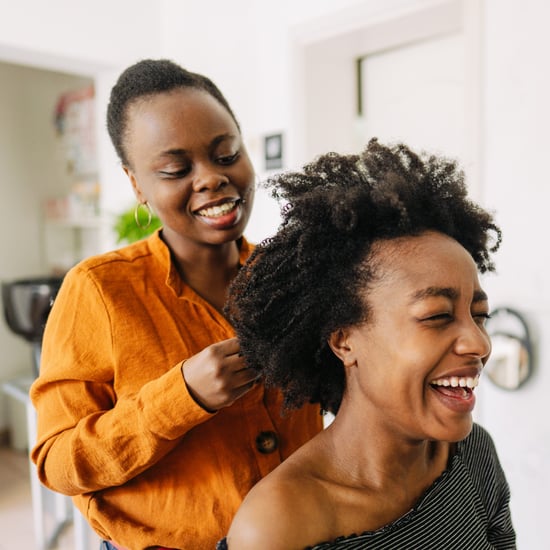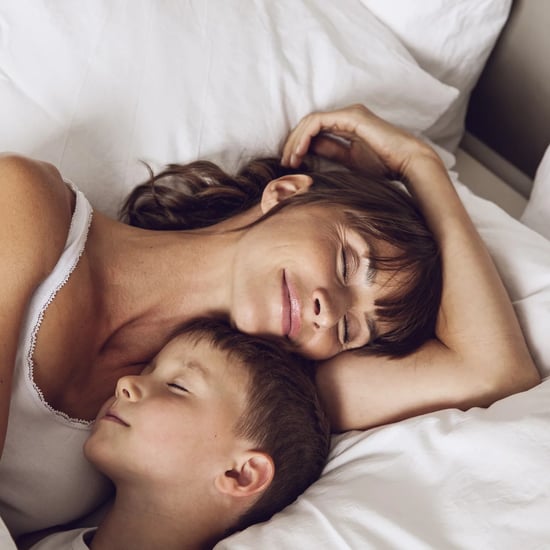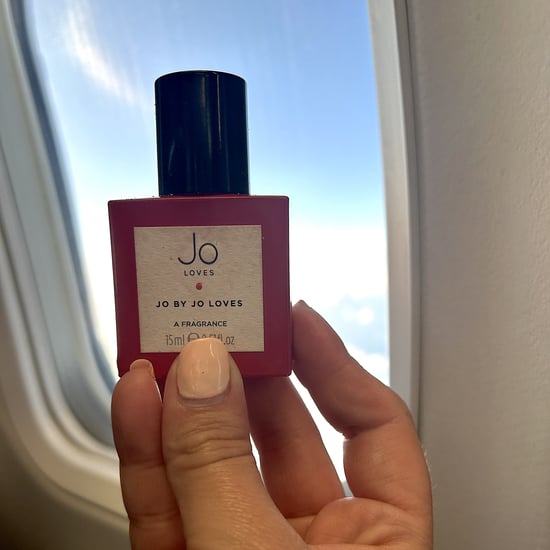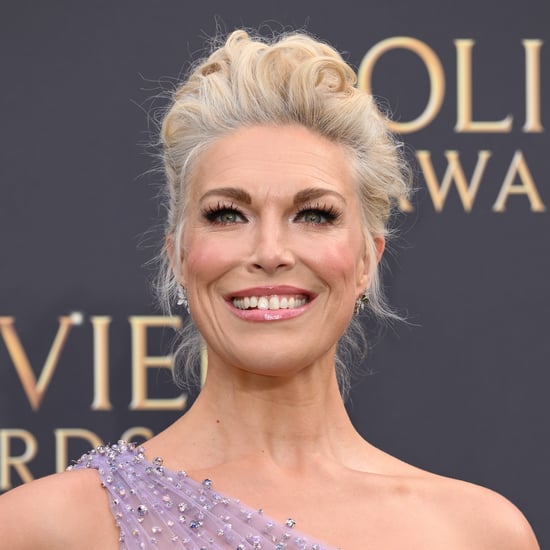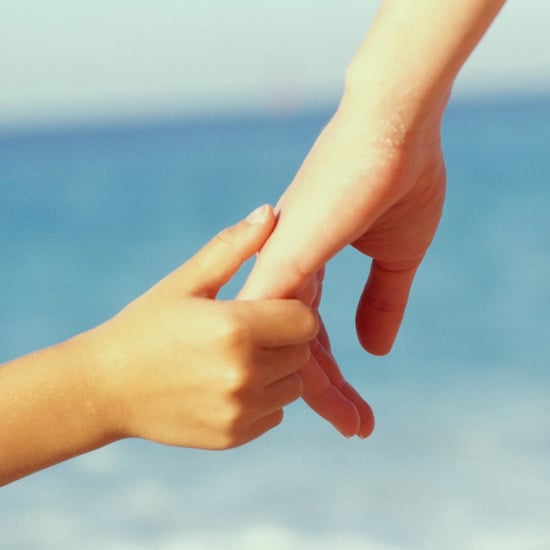"Bridgerton" and Bollywood Are a Match Made in Heaven
The Parallels Between "Bridgerton" and Bollywood You Might Have Missed
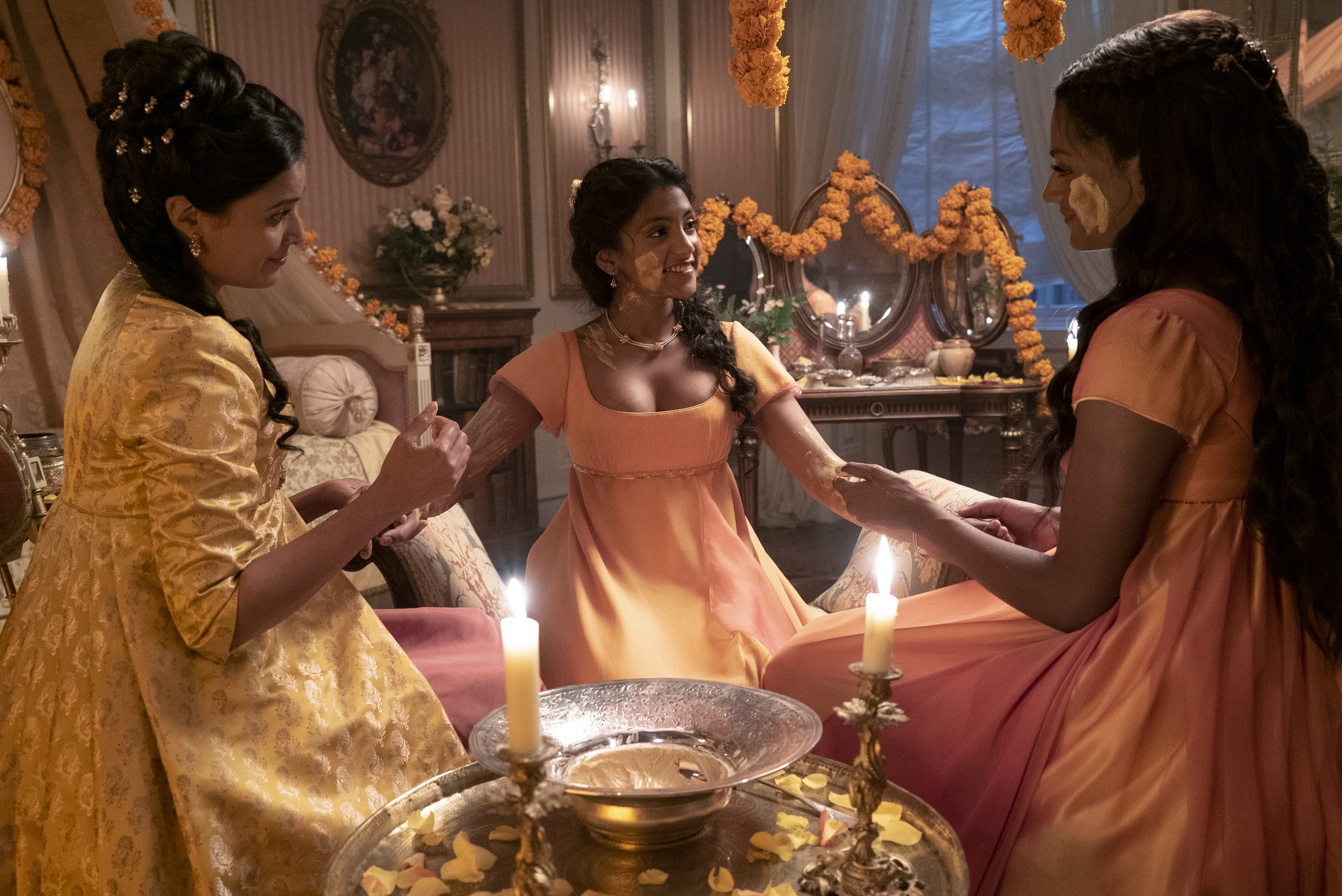
Image Source: Netflix
Since its return to the screens this past month, "Bridgerton" has been the name on everyone's lips. From its record-breaking viewing figures to discussion of Anthony's (Jonathan Bailey) swoon-worthy antics, the Netflix adaptation of Julia Quinn's novel series has retained its spot in the cultural zeitgeist. However, one of the biggest topics of discussion has been the introduction of the Sharma sisters, Kate and Edwina, played by British-Asian actors Simone Ashley and Charithra Chandran.
Originally, the Sheffield family in the books, the writers have updated these characters' stories to reflect their ethnic heritage and provide nuance, without ever making their race their defining character trait. Making changes from the books is nothing new for the Netflix show, nor is the choice to cast people of colour in roles that were written as white characters. That being said, Ashley and Chandran's casting feels decidedly less colourblind, as South Asian representation, despite being lacking in the genre, slides into the Regency era with ease. In fact, I would go as far as to say that "Bridgerton" and Bollywood are a match made in heaven.
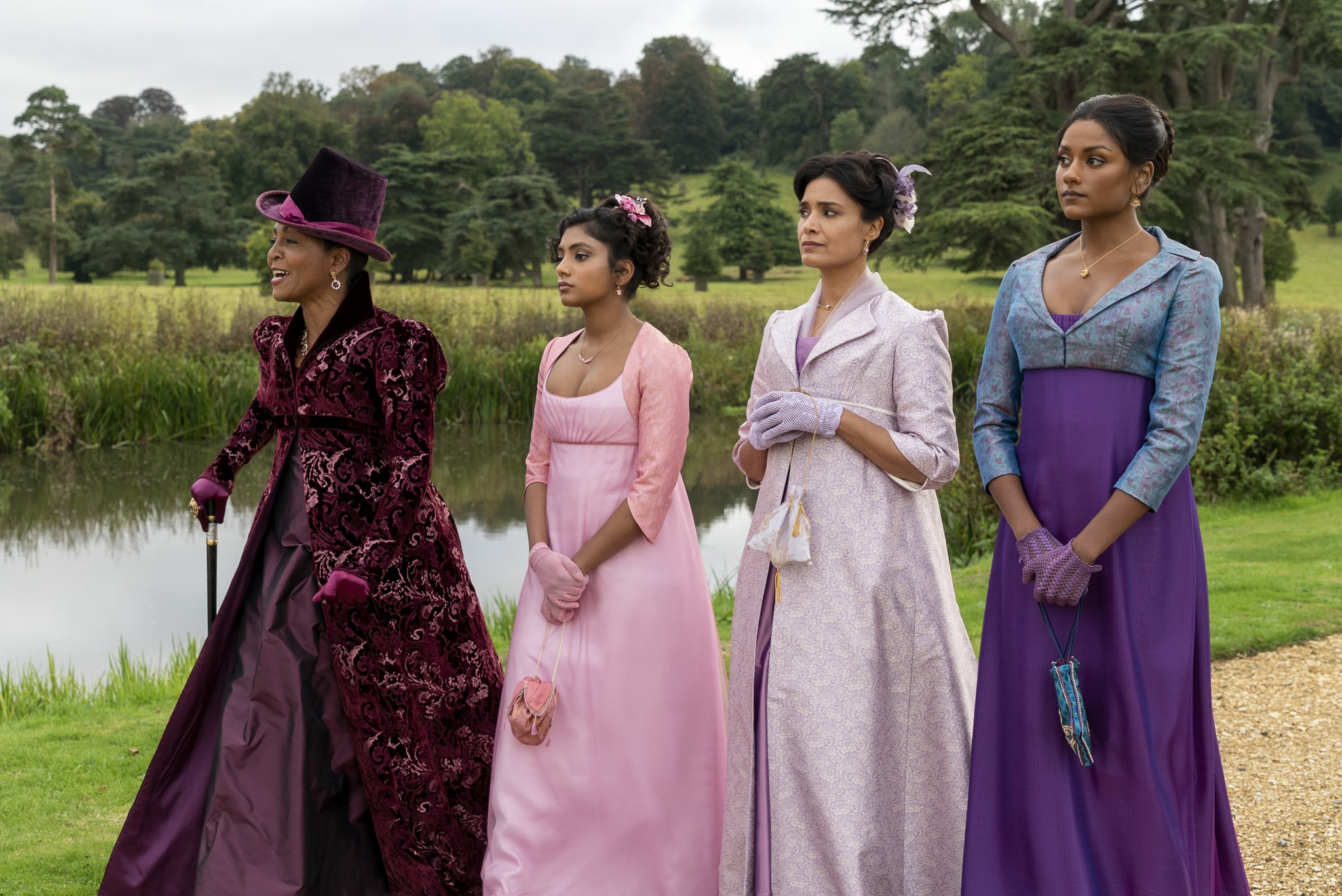
Image Source: Netflix
Of course, the show's depiction of Indian characters has its own pitfalls, and there are plenty of cultural discrepancies that don't add up. For example, the actors who depict Kate and Edwina are Tamil, hailing from the South of India, whilst the characters are from Mumbai, which is decidedly more North and has a completely different culture and dialect. As well as this, the issues of Empire and colonialism are referenced whilst never being fully addressed. However, the overall representation it provides is both refreshing and comforting to South Asian viewers, with authentic, intimate moments such as Kate putting oil in Edwina's hair, or the haldi ceremony in episode six feeling all too familiar to those from Desi cultures.
The similarities in cultural values and practices between Regency England and contemporary India, or at least the version shown in Bollywood films, allows for the arcs of these characters to feel imbibed with their heritage, while never resorting to the forced ticking of a diversity box. One significant way in which this works well is the attitude toward marriage and courting. Anthony starts this series wanting to find a wife, putting all of his focus and attention into suitability rather than any feeling. This leads to many conversations, particularly with his mother and sister, of the pros and cons of this approach as opposed to a "love match". While these conversations seem distant and otherworldly to us in the Western world, arranged marriage is still very much a thing in India.
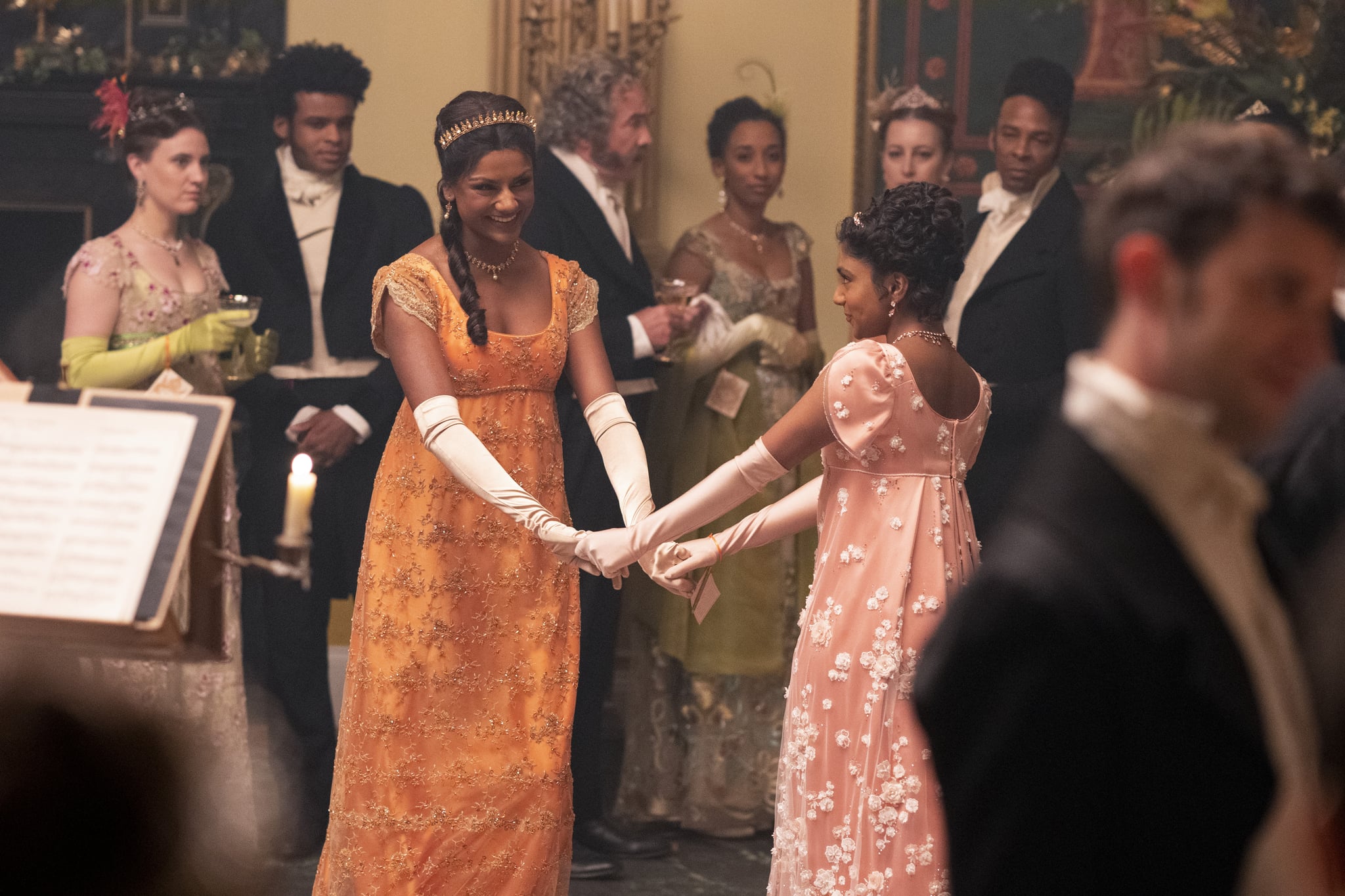
Image Source: Netflix
The question of love match versus arranged marriage is the central motivation in many of Bollywood's most famous films, including "Dilwale Dulhania Le Jayenge", a film still played in cinemas over 25 years later. The culture of arranged marriages is something that has been exposed to the world on a wider level, too, albeit not necessarily accurately, in shows such as "Indian Matchmaking". "Bridgerton" goes down the expected route when it comes to the kind of marriage Anthony ultimately pursues, but the questions being asked allow for Western audiences to get a glimpse of the questions that many South Asians ask even today.
Another similarity in the cultures of "Bridgerton" and South Asia comes from the sibling relationships in the show, and in particular, the respect and devotion afforded to older siblings. Anthony and Kate are both the eldest sibling, and in many ways, their characters are shaped by this identity. For both of them, the duty and responsibility of taking care of their younger siblings, especially given the absence of their fathers, is central to who they are. It's what drives Anthony to desire marriage and fulfil his role as Viscount; it's also what keeps Kate from admitting her true feelings for Anthony until they can no longer be avoided.
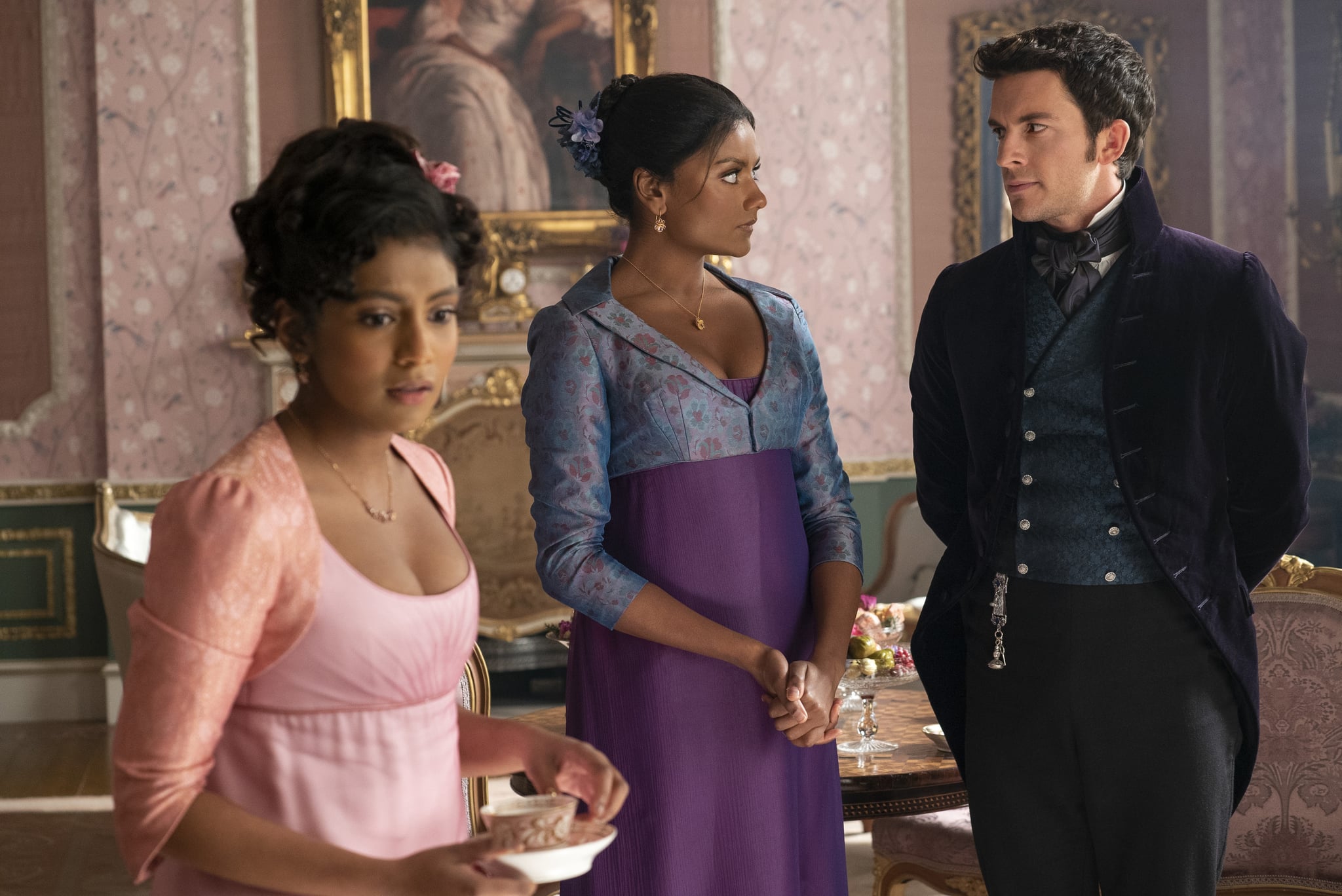
Image Source: Netflix
While the younger Bridgerton siblings have no issue with putting Anthony in his place, and teasing him is commonplace, Edwina shows a distinct reverence for Kate — always seeking her approval and longing to honour her in her decisions. The show's regular inclusion of the term "didi" as Edwina's name for Kate, helps display this honour, as the word, meaning older sister in Hindi, is also used more generally as a term of respect for any older female. When, during her outburst at Kate following the scenes at the wedding in episode six, Edwina drops this honorific and calls Kate by her name, her anger is felt considerably more tangibly for those who know the weight and respect offered by the term.
In Season two, the show departed from the steamy sex scenes fans had come to expect, instead opting for a slow-burn, tension building romance, that finally comes to a climax (pun intended) in episode seven. While this decision to reduce the number of sex scenes was probably not linked to the inclusion of South Asian characters, it actually feels fitting. The show is no less sensual or sexy, but these elements are shown in much more subtle ways, and this is something that is also present in Bollywood cinema. Due to a more conservative government, and sex generally being more of a taboo in Indian society, sex scenes in mainstream films have only really existed in the last decade or so.
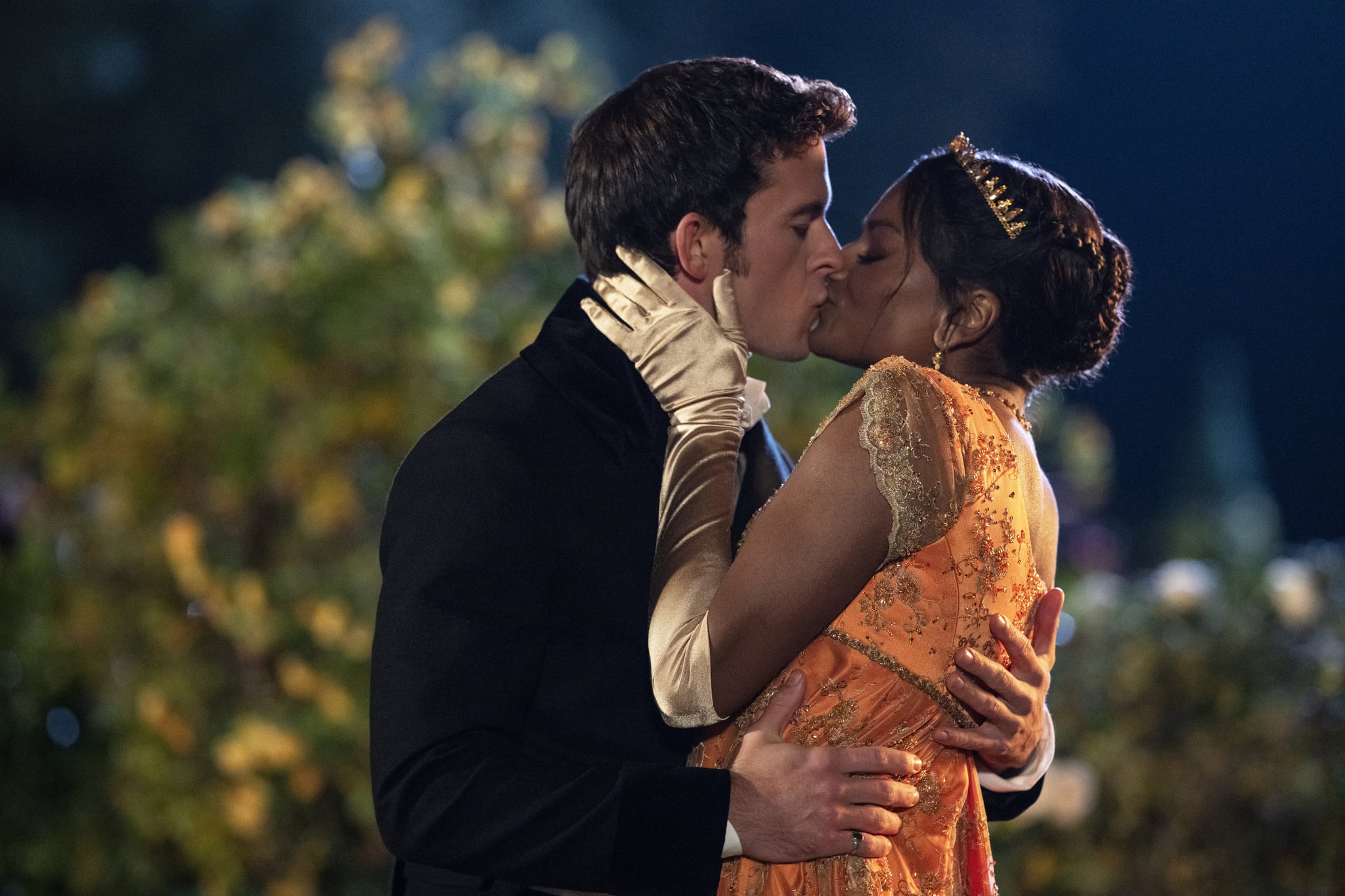
Image Source: Netflix
Instead, relationships have always been shown through longing gazes, grazing of hands against each other, embraces on mountainsides, the occasional brush of a nose against someone's neck. "Kabhi Khushi Kabhi Gham", the iconic Bollywood film whose title song has its own instrumental cover on the "Bridgerton" soundtrack, contains one of the most sensual scenes of its time, in the form of the song "Suraj Hua Madham", but even this depicts intimacy without anything explicitly sexual happening on screen. "Bridgerton" season two echoes the pattern of this: so much of Anthony and Kate's chemistry being shown through lustful or yearning looks. It's the almost kisses, the moments where Anthony pulls away before anything can actually happen, that leave the audience the most flustered.
The moment in episode five where their pinky fingers reach toward each other as they pass on by, demonstrates the way in which the pair always gravitate toward each other, and it is this undeniable pull that keeps the show feeling intimate and romantic, even when nothing is actually happening between the characters. So much of it relies on the external expression of internal feeling, given to us solely through the looks on Kate and Anthony's face. Bollywood has a penchant for melodrama, but the focus on emotional turmoil is often understated in a similar way.
South Asian representation in period dramas is few and far between; seeing brown girls in Regency-era costumes is a completely novel experience. However, "Bridgerton" has not just proven that South Asian characters can be incorporated into the genre with ease, but it has helped to reveal all the ways in which these characters fit into that world more seamlessly than we in the Western world ever could. Bollywood is a cinema that is often skipped by fans of world cinema, mainly due to its abashed earnestness in its depiction of romance and melodrama. However, maybe the success of "Bridgerton" will have more people seeking out the joys and wonders of Hindi cinema.
